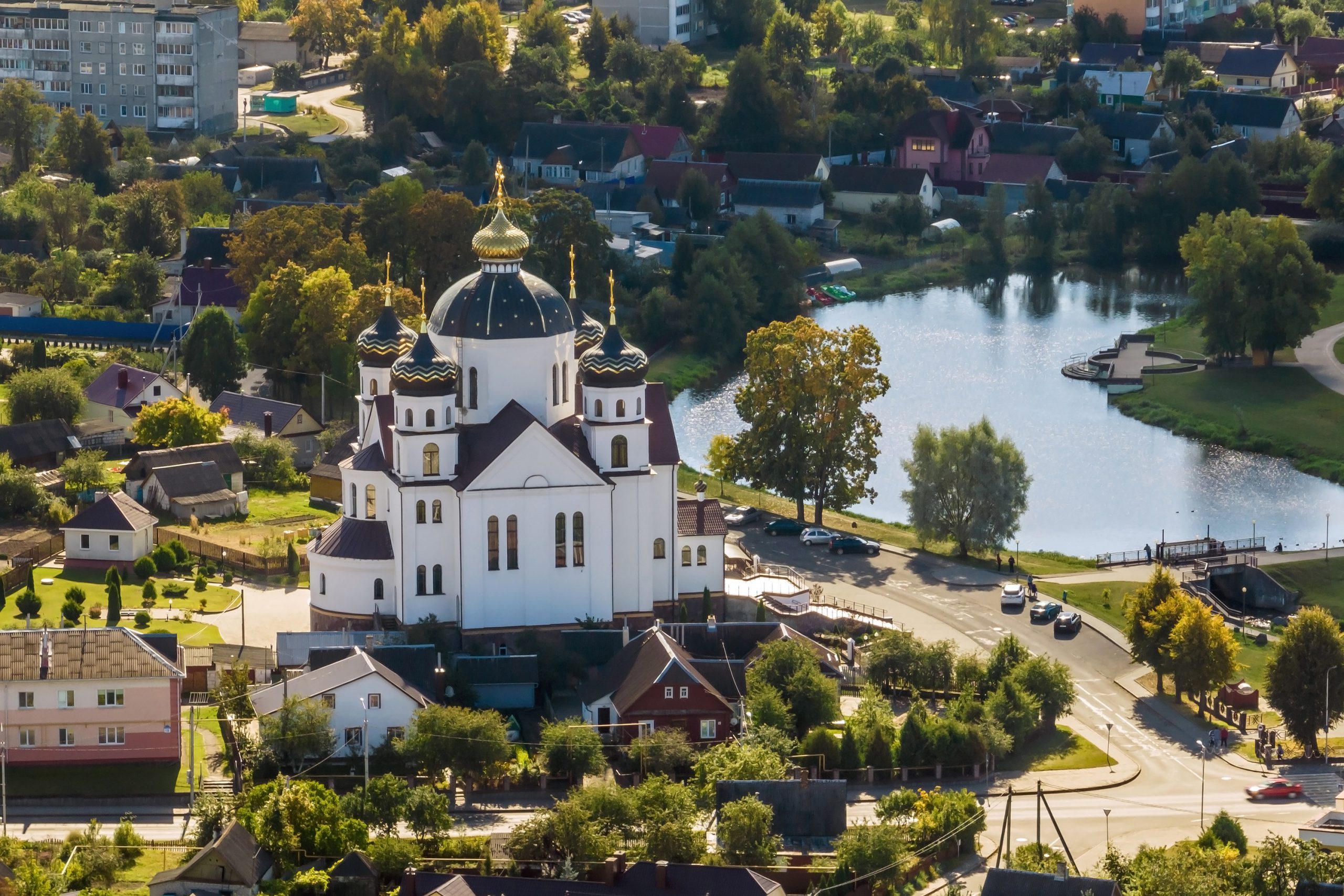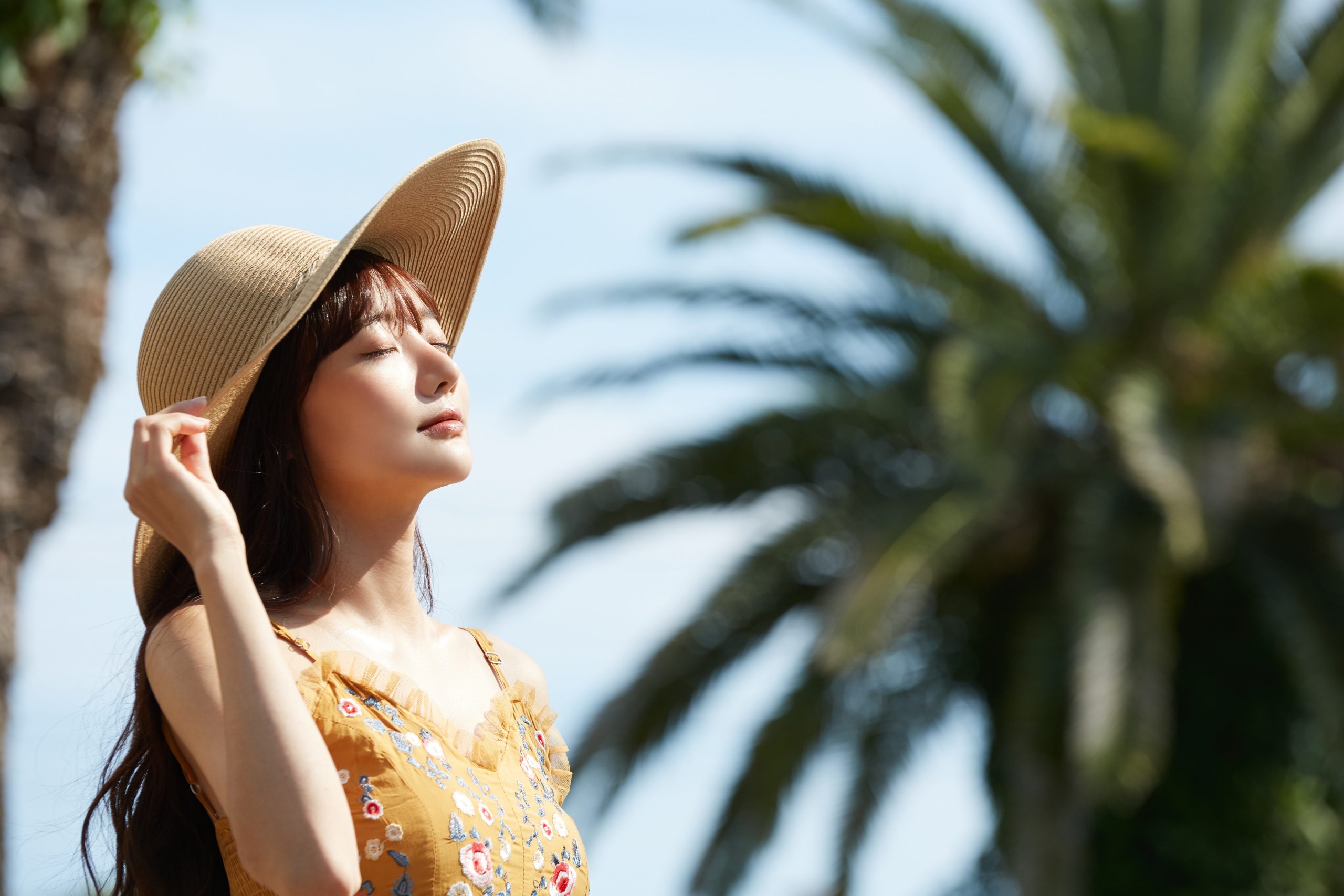
The defining scene in “Blazing Saddles” isn’t any of its raucous large-scale comedic setpieces, or the gleefully lowball moments that, to paraphrase filmmaker Mel Brooks, rise below vulgarity. It’s a throwaway scene between its two lead characters, Sheriff Bart (Cleavon Little) and The Waco Kid (Gene Wilder), that was actually a blown take.
Bart, the first Black sheriff of a racist white town in the Old West, has tried to reach out to the populace and been crudely insulted. The Kid tries to make him feel better by sitting next to him as he stares ahead in numbed shock. “You’ve got to remember that these are just simple farmers,” he tells Bart. “These are people of the land. The common clay of the new West. You know … morons.”
If you keep your eyes fixed on Little you can see he’s barely holding it together. As Wilder works through the lines, he gets closer to losing it. You can tell it’s a blown take because the laughter is a spontaneous eruption, a thing that clearly wasn’t supposed to happen—and because Wilder glances up at the end, as if to ask, “Are we keeping this?”
They kept it, and the scene gave “Blazing Saddles” its warm heart.
This is a film that concerns itself with the behavior of bigots and the institutional racism that exploits their insecurity for profit. But the movie isn’t about that. It’s about the friendship between Bart and The Kid, which is the film’s illustration of how life should be. The scene sells the friendship that sells the film. It makes you believe these guys are really friends. A friend is someone who can make you laugh even when you don’t want to.
“Blazing Saddles,” which turned 50 this month, is one of the great American comedies, and one of the best films by Brooks, who was on an incredible hot streak that started with his 1968 debut “The Producers”. (Brooks also released “Young Frankenstein” in 1974, a two-fer on a quality level rarely matched by any filmmaker not named Steven Spielberg.) As Odie Henderson, a former contributor to this site, put it in a recent Texas Theatre podcast, there’s no point declaring that you couldn’t make “Blazing Saddles” today, because of course you couldn’t. “Blazing Saddles” is set in 1874, but it was really about race relations in the United States in 1974. Fifty years have passed. You could make a movie on the same themes, but that would be the extent of the similarity.

Rewatching “Blazing Saddles” again recently while reading Odie’s book Black Caesars and Foxy Cleopatras, I was struck by a couple of things.
One is the movie’s strong, simple point-of-view, which, despite the plethora of now-commercially unacceptable racial and ethnic and other slurs (very 1974!) feels advanced for that period. The 1970s saw film, TV, literature, music, and stand-up comedy pushing boundaries and comfort levels when it came to material about prejudice. (Richard Pryor, who co-wrote the film’s screenplay with Brooks, released multiple hit albums with the N-word in the title during the ‘70s, and there were many films that did the same; not only was this widely considered acceptable, newspapers carried ads.) But the specific brilliance of “Blazing Saddles” is that it seems to imagine itself as a product of some future popular culture in which there is common agreement not just that prejudice is unacceptable, but that anyone who believes otherwise is a fool.
The film is moving the ball forward. It’s not trying to educate anyone on why bigotry is bad. Nor is it making fun of any particular group of people, except for the sorts of cartoonish rednecks who had rallied behind independent presidential candidate and former segregationist George Wallace a few years earlier, and who watched Norman Lear’s hit 1970s groundbreaking sitcom “All in the Family” and convinced themselves that its bigoted main character Archie Bunker was a truth-telling hero rather than a buffoon. “Blazing Saddles” proceeds from the assumption that bigotry is absurd on its face and anyone with a functioning brain knows it. It articulates this assumption through Bart, the first Black sheriff of the town of Rock Ridge, and his soon-to-be-bestie, an alcoholic white gunfighter modeled on a character that Dean Martin played in the classic Western “Rio Bravo.”
The genius of Mel Brooks is multifaceted, but if anyone asks me to sum it up, I’ll show them the blown take. Only a genius would realize that a blown take was better than a perfect one. And only a genius would realize that the energy in this moment between these two performers articulates the buried idealism of “Blazing Saddles,” a film built around guys who have fun messing with people who think guys like them shouldn’t be friends.
The central relationship is between two action movie types that 1974 audiences wouldn’t have accepted as a duo even ten years earlier but were starting to get used to. One type was the suave, cool Black leading man, introduced to white audiences through TV shows like “I, Spy” and “Mission: Impossible” and films like “100 Rifles” and “Shaft.” The other was the deadpan-funny, iceberg-cool white hipster, possibly ethnic but maybe not, who was often played by an offbeat leading man like George Segal, James Garner, James Coburn, or Elliott Gould. The pairing of these types gives “Blazing Saddles” its laid-back comic rhythm and unifies its tone. It’s alchemical. You can see the sparks.
Is this the first salt-and-pepper action comedy, a sub-genre later exemplified by the “48 HRS” and “Lethal Weapon” franchise and TV’s “Miami Vice”? Possibly. It was the first major motion picture that presented guys with different skin colors who were temperamentally compatible and mutually respectful from the jump, rather than making the Black guy spent half the move trying to win the white guy over. (Sidney Poitier did a lot of those; the most famous was “The Defiant Ones,” where he was chained to Tony Curtis.) Bart and The Kid are the coolest people in the movie. Part of their coolness is rooted in The Kid recognizing what Bart is up against and supporting him in his struggles while behaving as if it’s a normal thing for a person to do. Drying out is a challenge for him. Friendship is easy.
Little is elegantly restrained except when he needs to really pop on screen (as in his Bugs Bunny-style slapstick war against the goon Mongo, who ends up adoring him). Wilder matches Little in ingenuity and charm. He’s giving a real performance here, in character and serving the plot. But he’s also kind of an avatar for Brooks, who appears in the movie in two roles: as the corrupt and mindless governor of the state, and as an “Indian chief” who speaks Yiddish (a film history joke on the early Hollywood practice of casting distinctly Jewish actors as indigenous people, and Jewish actors who could pass for WASPs as WASPs). I like to imagine that the friendship between Bart and The Kid mirrored the off-screen rapport between Brooks and Pryor. The Kid is mainly there to support Bart, just like Rocky is there to support Donnie in the first two “Creed” films. In the end, the two ride off into the sunset together, like Humphrey Bogart and Claude Rains walking off at the end of “Casablanca.” It’s a platonic love story between guys who get each other.
“Blazing Saddles” will have a 50th anniversary screening Feb 16 in Dallas at Texas Theatre, as part of a double-feature with the 1976 comedy “Car Wash.” Each screening will be followed by Matt Zoller Seitz in conversation with Odie Henderson, Boston Globe film critic, former RogerEbert.com contributor, and author of Black Caesars and Foxy Cleopatras: A History of Blaxploitation Cinema. For ticket and showtime information, click here.




